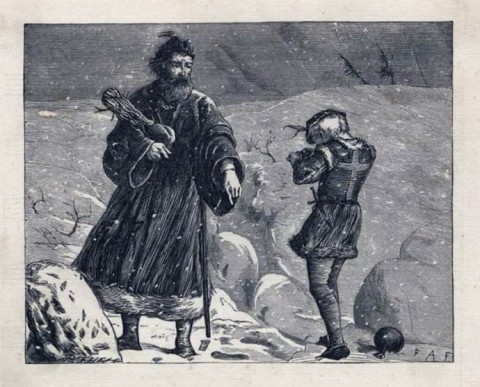The real story behind ‘Good King Wenceslas’

An engraving by Brothers Dalziel in an 1879 hymn book depicts the saint performing the charitable acts for which he became famous. (Image used in Creative Commons license)
Think of it as the English-speaking world’s most popular day-after-Christmas carol.
“Good King Wenceslas,” the British carol about a generous ruler trudging out in the snow to help a man on December 26—the Feast of Stephen—first appeared in a Victorian-era collection of children’s stories, with the intent of encouraging Christian charity.
But the inspiration for this fanciful tale was a very real Christian martyr who lived in the 10th century. The historical Wenceslas wasn’t English. He wasn’t a king. In his Czech homeland, he wasn’t even associated with Christmas.





